Diamagnetic
Diamagnetism is a property of a material in which it creates a weak magnetic field in opposition to an externally applied magnetic field. This results in the material being weakly repelled by the magnetic field, causing it to be pushed away from the source of the magnetic field.
Characteristics of Diamagnetic Materials:
- They are repelled by magnetic fields
- They have no unpaired electrons
- They exhibit a weak, negative susceptibility to magnetic fields
- They do not retain magnetization when the external magnetic field is removed
Examples of Diamagnetic Materials:
Some common examples of diamagnetic materials include copper, bismuth, water, and most organic compounds.
Diamagnetic Behavior in Atoms:
In atoms, diamagnetism arises from the paired electrons in the material. When an external magnetic field is applied, the paired electrons generate small opposing magnetic fields, causing the material to exhibit diamagnetic behavior.
Study Guide:
To understand diamagnetism, it is important to grasp the concept of electron pairing and how it influences the magnetic behavior of materials. Additionally, studying the magnetic properties of different elements and compounds can provide insight into their diamagnetic behavior.
Key topics to study include:
- Electron pairing in atoms and molecules
- Magnetic susceptibility and its relationship to diamagnetism
- Experimental methods for measuring diamagnetic properties
- Real-world applications of diamagnetic materials
Exploring the interactions between diamagnetic materials and magnetic fields through hands-on experiments and demonstrations can also enhance understanding of this concept.
.◂Science Worksheets and Study Guides Seventh Grade. Protists and Fungi

 Worksheet/Answer key
Worksheet/Answer key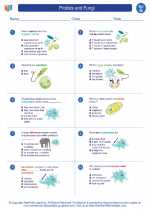
 Worksheet/Answer key
Worksheet/Answer key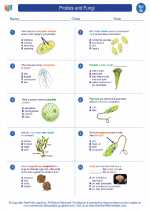
 Worksheet/Answer key
Worksheet/Answer key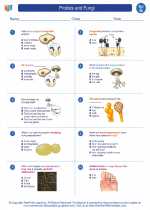
 Worksheet/Answer key
Worksheet/Answer key
 Vocabulary/Answer key
Vocabulary/Answer key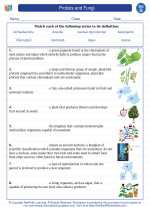
 Vocabulary/Answer key
Vocabulary/Answer key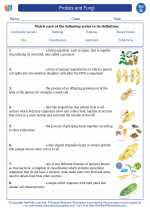
 Vocabulary/Answer key
Vocabulary/Answer key
 Vocabulary/Answer key
Vocabulary/Answer key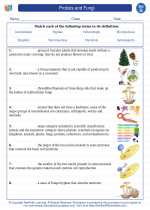
 Vocabulary/Answer key
Vocabulary/Answer key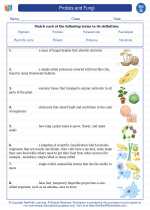
 Vocabulary/Answer key
Vocabulary/Answer key
